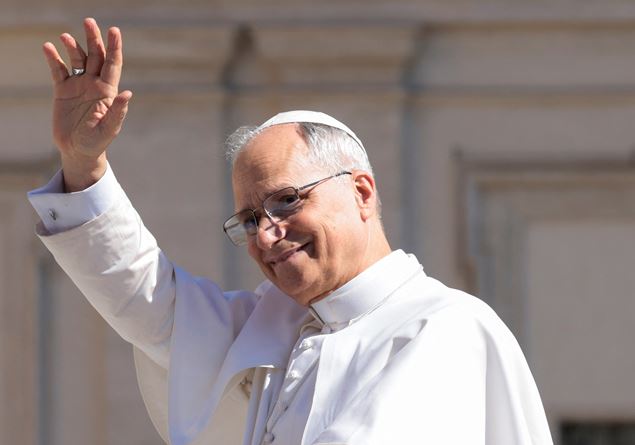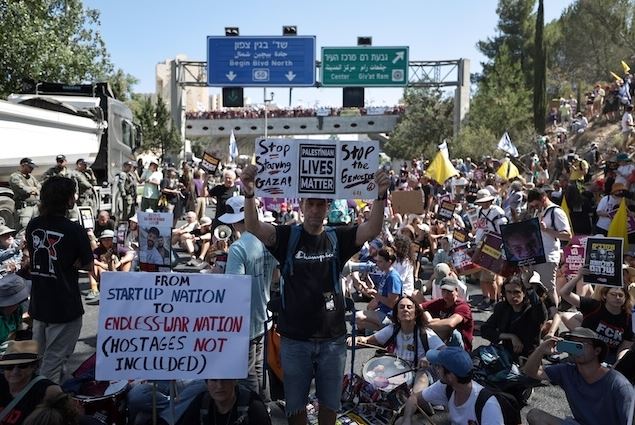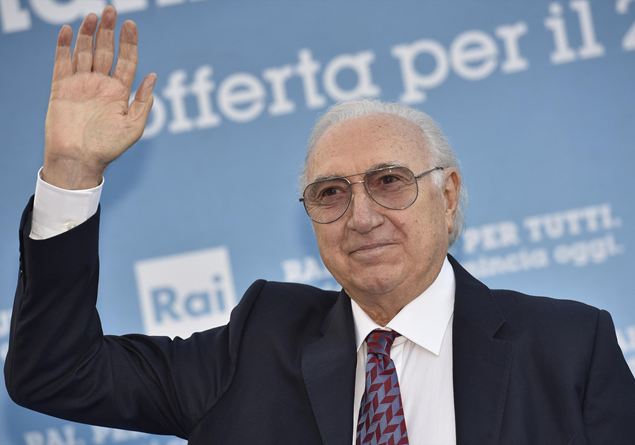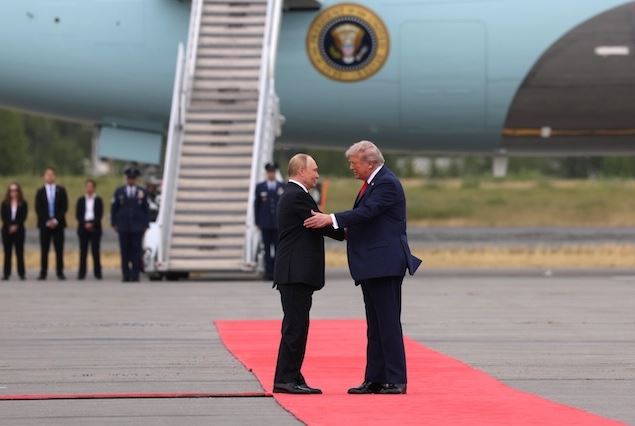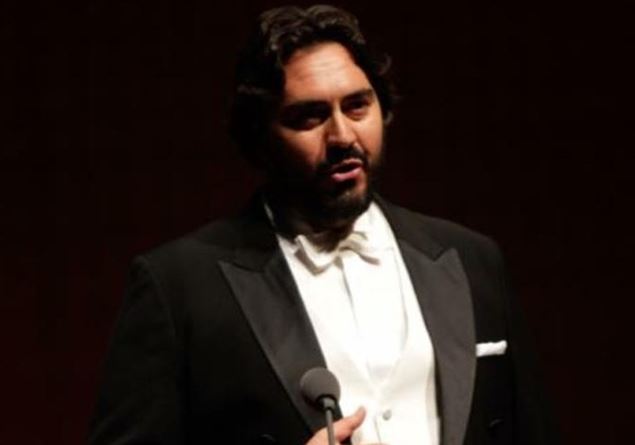“Nonviolence as a method and as a style must distinguish our decisions, our relationships, our actions”. Pope Leo XIV underlines, receiving in the hearing the movements for peace that a year ago met with Pope Francis in Verona for the Arena of peace, that “the Gospel and social doctrine are for Christians the constant nourishment of this commitment; But at the same time they can be a compass valid for everyone. Because they are, in fact, a task entrusted to everyone, believers and non -believers, who must elaborate and achieve it through reflection and practice inspired by the dignity of the person and the common good “. Furthermore, he specified, “if you want peace, prepares peace institutions. We are increasingly realized that it is not just about political, national or international institutions, but it is the set of institutions – educational, economic, social – that is called into question. In the encyclical brothers, everyone returns many times the reference to the need for the construction of an “we ”, which must also translate at an institutional level».
Pope Leone encourages movements for peace “to commitment and to be present: present within the pasta of history as a yeast of unity, communion, fraternity. The fraternity needs to be discovered, loved, experienced, announced and testified, in the confident hope that it is possible thanks to the love of God, “poured into our hearts through the Holy Spirit” “.
But to build peace, first of all it is necessary to resist revenge. “From the local and daily level to that of the world order, when those who have undergone injustice and the victims of violence can resist the temptation of revenge, become the most credible protagonists of nonviolent processes for the construction of peace,” he underlined. Greeting in particular Monsignor Domenico Pompili, and the Comboni Fathers and remembering that last year Pope Francis had “reiterated that the construction of peace begins by placing himself on the side of the victims, sharing his point of view” insists on this perspective, “essential to disarm the hearts, the looks, the minds and denounce the unjustices of a system that kills and is based on the culture of the waste”.
In addition, looking at the two men present, he remembers “the courageous embrace between the Israeli Maoz Inon, to whom the parents were killed by Hamas, and the Palestinian Aziz Sarah, to whom the Israeli army killed his brother, and who are now friends and collaborators: that gesture remains as a testimony and sign of hope. And we thank them for wanting to be present today. The path to peace requires hearts and minds trained and trained to attention to the other and capable of recognizing the common good in today’s context. The path that leads to peace is community, passes through the care of relationships of justice between all living beings ».
A peace that needs patience and time. And then “in an era like ours, marked by speed and immediacy, we must find those long times necessary for these processes to take place. The story, the experience, the many good practices that we know have made us understand that authentic peace is the one that takes shape starting from reality (territories, communities, local institutions and so on) and listening to it. Precisely for this reason we realize that this peace is possible when the differences and conflicts they involve are not removed, but recognized, taken and crossed. For this reason, your commitment of popular movements and associations, which concretely and “from below”, in dialogue with everyone and with the creativity and genius that arise from the culture of peace, are particularly precious, are carrying out projects and actions to the concrete service of people and the common good. In this way you generate hope ». In a world marked by crisis, by “wars, terrorism, to the section of human beings, to widespread aggression, children and young people need experiences that educate the culture of life, dialogue, mutual respect. And first of all they need witnesses of a different, nonviolent lifestyle ». Nonviolence as a method, insists, “and as a style must distinguish our decisions, our relationships, our actions”.





